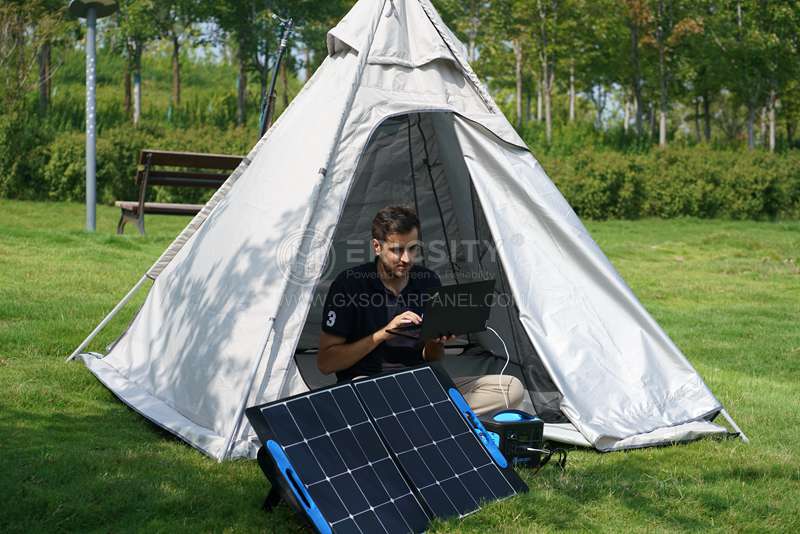HOT PRODUCT
Product Details
Innovative Energy Solutions: Navigating The World Of Flexible Panel Installations
Innovative Energy Solutions: Navigating The World Of Flexible Panel Installations
As the world grapples with the effects of climate change and depleting fossil fuel reserves, the demand for clean and renewable energy sources continues to rise. Solar energy, in particular, has gained significant momentum in recent years due to its abundant availability and the development of more efficient technologies. One such innovation that has emerged on the market is flexible panel installations, which offer unique advantages in terms of design flexibility, efficiency, and installation convenience.
Traditional solar panels are rigid and often require a significant amount of space to be installed. They are typically mounted on rooftops or in large open areas, limiting their application in certain environments. On the other hand, flexible panel installations, also known as flexible solar panels or solar fabric, provide engineers and architects with a wide range of design possibilities. These panels are lightweight, thin, and have a bendable structure, allowing them to conform to curved surfaces and fit into unconventional spaces.


This design flexibility enables the integration of solar power in various applications, including curved surfaces of buildings, vehicles, boats, and even wearable devices. Architects can now seamlessly incorporate solar energy generation into their designs without compromising the aesthetics of the structures. Additionally, these flexible panels can be integrated into building materials such as windows, facades, or even furniture, opening up new avenues for energy generation without sacrificing functionality.

In terms of efficiency, flexible panels have made significant strides in recent years. While they may not match the efficiency of conventional silicon-based solar cells, their performance has improved considerably, making them a viable option for energy generation. New materials and manufacturing techniques have led to higher power conversion rates and improved resistance to wear and tear. Some flexible panels even have the capability to generate electricity from indirect sunlight or in shaded areas, enhancing their overall efficiency compared to rigid panels.
Another significant advantage of flexible panel installations is their ease of installation. Unlike traditional panels that often require complex mounting structures, flexible panels come with adhesive backing or grommets, making them easy to attach directly onto surfaces. This simplified installation process not only saves time and effort but also reduces the overall cost of the system.
Moreover, the lightweight nature of flexible panels makes them highly portable, allowing for easy transportation and installation in remote locations. This portability enables energy generation in off-grid areas or disaster-stricken regions, providing reliable power sources for emergency response efforts or remote communities.
Despite their numerous benefits, flexible panel installations also pose some challenges. One such challenge is durability. Flexible panels are more susceptible to damage from environmental factors such as extreme weather conditions or impact compared to their rigid counterparts. Efforts are being made to improve their durability and lifespan through the use of more resilient materials and protective coatings.
Additionally, the lower efficiency of flexible panels compared to traditional solar panels can be a deterrent for some users. However, the tradeoff between efficiency and design flexibility must be considered in each unique application. For certain projects where aesthetics and integration are paramount, the advantages of flexible panels may outweigh the slight decrease in efficiency.
In conclusion, the world of flexible panel installations offers innovative solutions for harnessing solar energy. With their design flexibility, enhanced efficiency, and simplified installation process, these panels present new possibilities for sustainable energy integration in various industries. As technology continues to advance, further improvements in durability and efficiency can be expected. As a result, flexible panel installations will play a crucial role in the transition to a clean and sustainable energy future.




